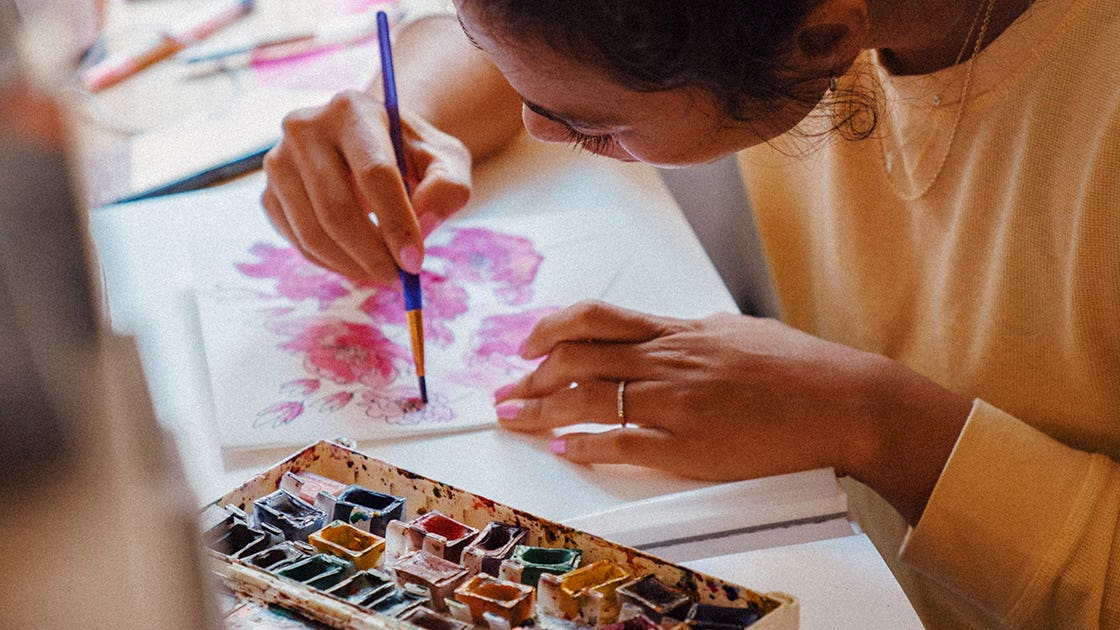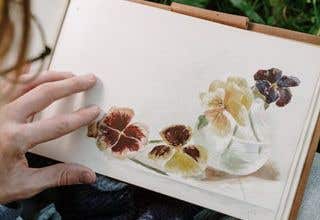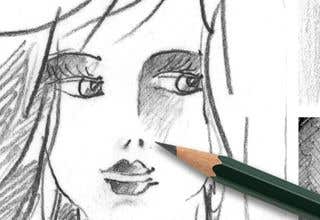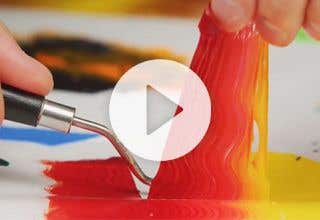Watercolour painting is a unique adventure with limitless creativity. This particular style of painting, known for its luminous, translucent hues, offers artists of all levels a unique way to express themselves. You’ve dipped your brush into the world of watercolour, but you’re ready to elevate your work to the next level and refine your skills. We’re happy to tell you, you’ve come to the right place. Prepare to delve deeper into the world where colours flow beyond boundaries.
A quick recap of the basics
We know you’re eager to get into the hard stuff, but it’s important to fundamentally understand the basics to ensure you know how the more advanced techniques work. Here’s a reminder:
Wet-on-Wet: This is arguably one of, if not the most, important techniques you will learn in watercolour painting. It teaches you the way watercolour flows and blends into itself on paper. It allows for soft edges and seamless colour transitions. It’s ideal for creating soft backgrounds, skies, and water effects where colours merge effortlessly, without harsh lines. Wet your paper first with clean water before applying your paint.
Wet-on-Dry: In contrast to the above, the wet-on-dry technique teaches you to be more precise in your applications. This method is used for adding details, defining shapes, and creating textures that require crisp edges. It will also guide you in understanding how to layer colours effectively without blending them unintentionally.
Now we’re ready to take your watercolour art to the next level.
Glazing
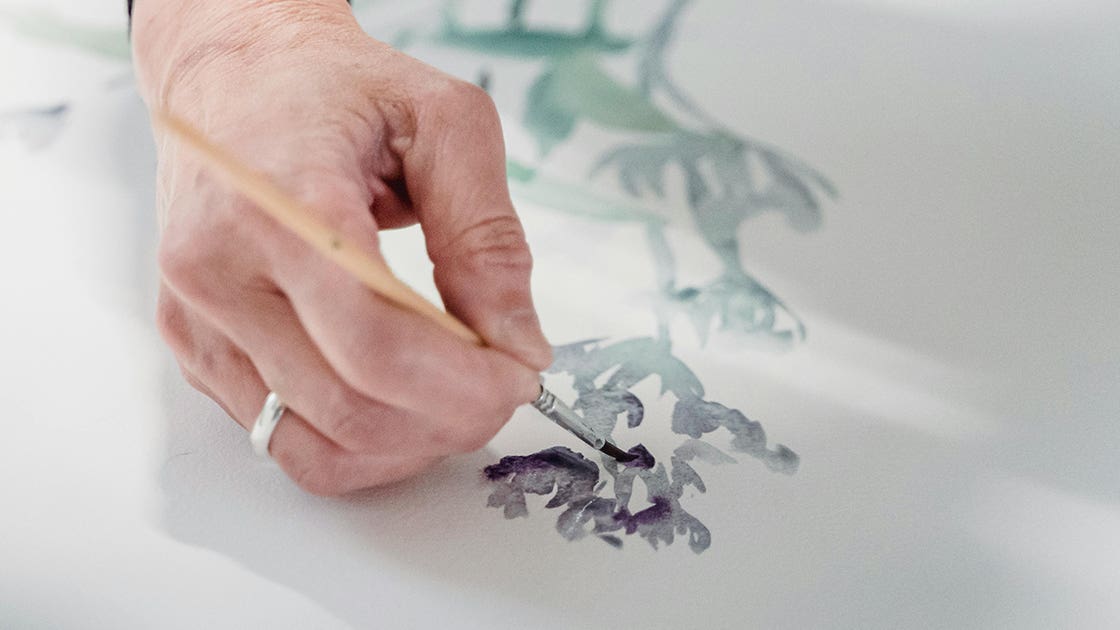
Glazing involves applying multiple thin, transparent layers of watercolour paint, allowing each layer to dry completely before adding the next. This technique increases the depth, luminosity, and richness of colours, offering dimension to your art. It's particularly effective in creating glowing skies, transparent objects (glass, bubbles, water, etc.), and enhancing skin tones. Patience is key with glazing, as rushed layers can muddy your colours. The reward, however, is a vibrant painting with complex hues that are impossible to achieve through merely the basics. A soft, wide brush is preferable here. Consider using something like the Winsor & Newton Cotman Watercolour 999 Synthetic Mop Brush for this technique.
Lifting Off
Lifting off is a subtractive technique where you remove wet or dry paint from the paper to lighten areas, create highlights, or correct mistakes. Using a damp brush, sponge, or tissue, gently lift the paint from the desired area. This method is invaluable for adding dimension and realism to your watercolour paintings, such as the sparkle in a landscape's water. It can also be used to add texture to rough surfaces like rocky terrains, tree bark, or the surface of a road. Mastery of lifting off allows for greater control over the painting's light and mood, making your compositions more dynamic and engaging. A brush such as the Neef 970 Taklon Round Brushes should bode well here
Negative Painting
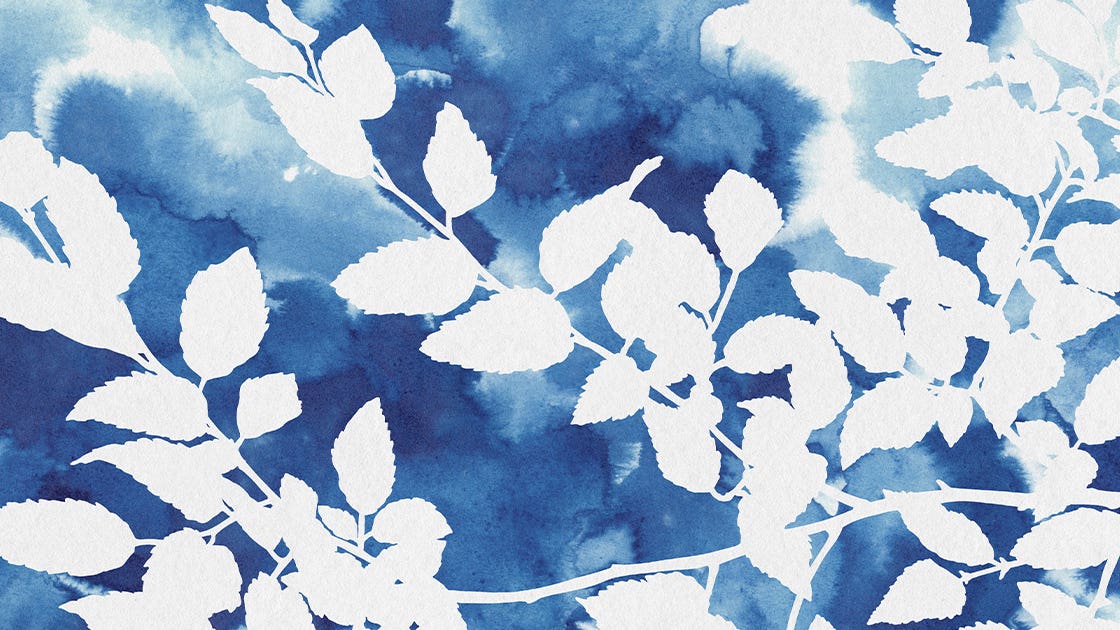
Negative painting is a unique approach where instead of painting the object, you paint the space around it. This technique poses a fun challenge to artists, as it requires you to think in layers, progressively building up the background to define the shapes of the subjects. It's particularly effective for creating depth and interest in foliage, clouds, and overlapping objects. Negative painting encourages a more strategic and methodical approach to composition and watercolour use. The result is a piece that captivates the viewer, drawing them into the layers and shapes formed by the negative space. A fine-tipped brush like the Winsor & Newton Series 7 Kolinsky Sable Brushes would be perfect for the precision needed in negative painting.
The Salt Technique
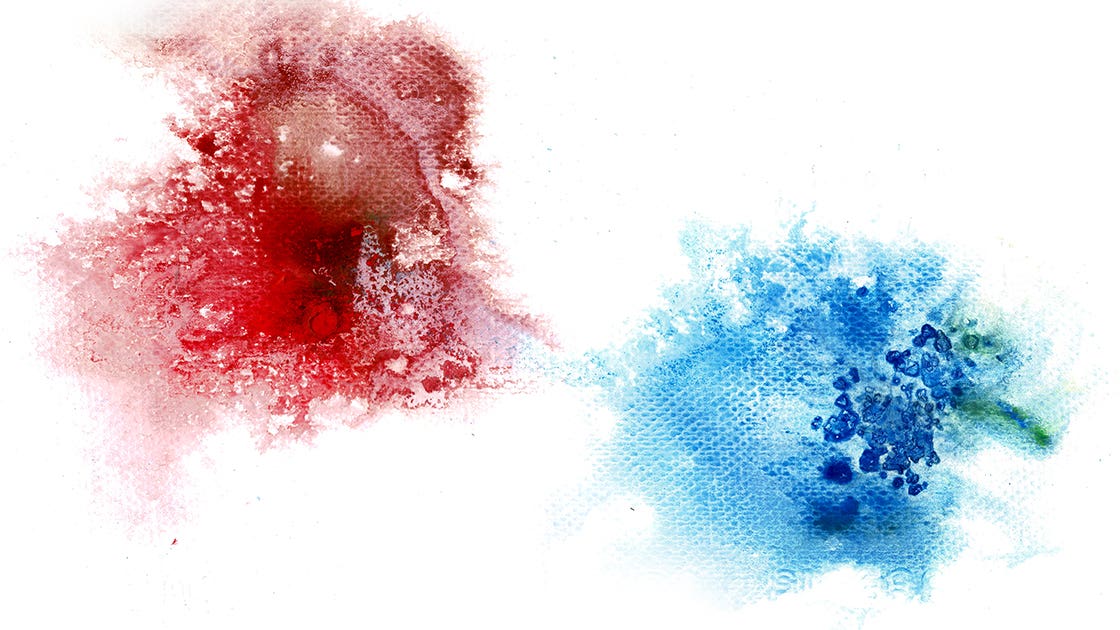
This is a fascinating method in watercolour painting to create organic, unpredictable textures that can mimic natural elements like foliage, snow, or even distant galaxies. By sprinkling salt onto wet paint, the salt granules absorb the water, pushing the pigment away and creating a starburst or speckled pattern once the paint dries and the salt is brushed off. This technique is ideal for adding visual interest to landscapes, creating textured backgrounds, or introducing elements of surprise in abstract pieces. It's a perfect technique for artists looking to add a touch of whimsy or naturalistic detail to their watercolour paintings.
Ready to take your creativity to new heights?
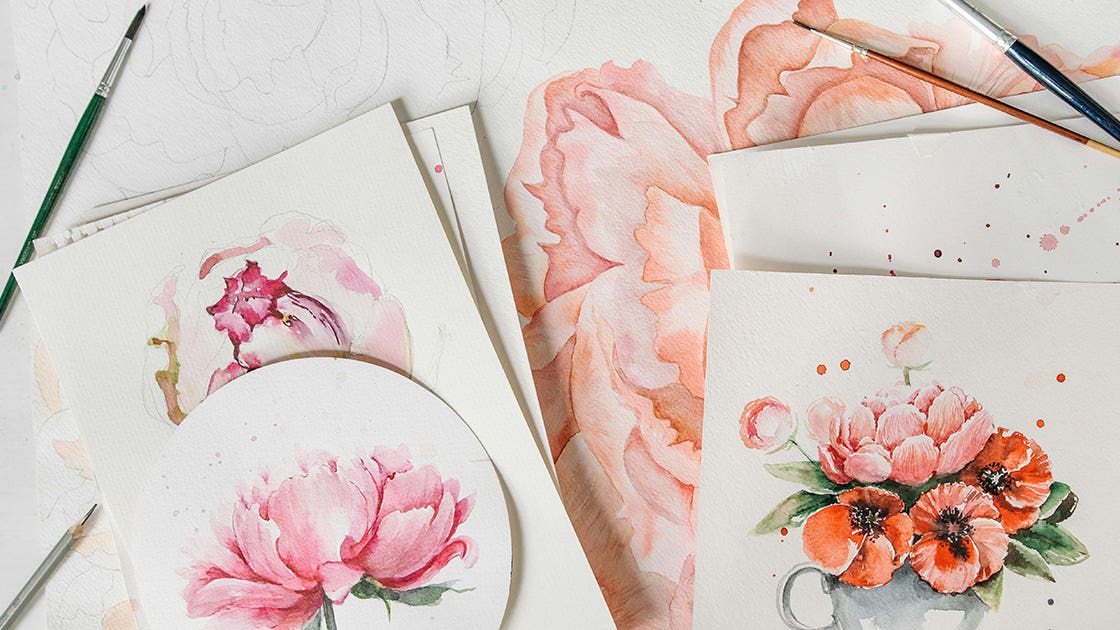
Watercolour painting is a journey of discovery, filled with challenges and rewards. It requires patience, practise, and a willingness to learn from each stroke. As you further hone your craft, you'll find that watercolour not only enhances your technical skills but also allows you to see the world through a lens of vibrant colours and fluid shapes.
If you need further guidance or you want to check out our range of paints, brushes and papers, come and see our friendly staff in-store. Many of our staff are artists themselves and they are always happy to share their expert knowledge.

